
Sun Requirements For Plants: A Complete Guide
Last Updated: Apr 9, 2025The sun provides us with the energy we need to power our homes, fuel our crops, and still have more than enough left over for everyone else. But what happens when we remove things that used to absorb the sun (i.e., plants and trees) for the built environment? All the energy that once went into trees and native grasses now cooks our roads and heats our cities.
As a homeowner, you can change that. The right plant at the right place can make all the difference in the world. But how do you know where to place which types of plants? Have you ever wondered what labels like "full sun" and "partial shade" really mean? Let's look at the various levels of sunlight and see what we can plant to absorb some of that extra energy.
Table of Contents
- Full Sun
- What Plants Grow Best In Full Sun?
- Part Shade / Part Sun
- What Plants Grow Best in Partial Sun?
- Dappled Sun
- Full Shade
- What Plants Grow Best in Full Shade?

Full Sun
A plant requiring full sun doesn't have to be in direct sunlight all day. "Full sun" typically means the plant needs at least six total hours of direct sunlight on most days. Some plants prefer additional light hours and are generally hardy to the heat and drying power of the afternoon sun. Species such as this often require these conditions to produce buds and flowers and do well on the west side of the home. For plants that need full sun but are sensitive to heat, consider planting them to the east side of the house in an un-shaded area.
Many annuals and perennials enjoy full sun, including plenty of favorites from the home garden! For the most sun on the property, plant to the south of the house (in the northern hemisphere).

What Plants Grow Best In Full Sun?
Coneflower, also referred to as Echinacea, is a North American perennial that loves the sun. It attracts butterflies, bees, and birds. Given enough sunlight and time to establish, it is a beautiful flower for almost any yard. Black-eyed Susans are another North American native and are one of the most popular wildflowers. It also attracts a variety of insects to the yard during its bloom between June and October. These flowers convert that extra sunlight into pollen for beneficial insects.
Most of your favorite annual vegetables do best in full sun. A popular sun-loving garden plant is the tomato. It's easy to grow, with so many varieties and uses ranging from canning to pasta sauces.
Squash is another excellent addition to your full-sun sites. Whether you are growing summer squash or winter squash, these plants will take advantage of the extra light. Proper preparation and storing techniques can make all your vegetables last a long time, cutting down on grocery bills well past the harvest season.

Sometimes the full sun can be a curse. Do you have a driveway that absorbs the summer heat? Consider planting some trees or even a hedgerow between the asphalt and the sun's path. Hedges can be used in suburbs and cities to help offset the effects of urban heat islands. Planting deciduous trees along the southwest to the west side of your house will block the afternoon sun in the summer, keeping those rooms slightly cooler. And since deciduous trees lose their leaves in the winter, this will allow extra light and thermal radiation when we need it the most in the winter.
You can also consider using vining plants to create a canopy blocking the direct full sun. Consider adding edible vine varieties like grapes and kiwis to your home's pergola, giving you and your guests both shade and snacks as you relax in the backyard.

Part Shade / Part Sun
Plants that adapt to partial shade and sun require between 3-to-6 hours of direct sunlight. These will typically be plants that are sensitive to afternoon heat and sun and need additional protection.
With plants that prefer partial sun, be sure to meet their minimal sunlight hours. These numbers will vary from plant to plant, so pay attention to any particular recommendations. For partial-shade, be sure to plant in places that will be protected from the early afternoon overhead sun. Locations on the east side of the home that provide ample cool morning and early afternoon light will be ideal.
Finding the right place for partial shade plants requires trial and error. So if a plant isn't reacting to a site as intended, don't be reluctant to try again elsewhere.
What Plants Grow Best in Partial Sun?
Some flowers to consider for partial sun/shade are Hyssop and Aster. Hyssop is a Southern European and Middle Eastern flower. It prefers part sun to full sun and has been used for centuries as a traditional remedy and cooking ingredient. Asters are a predominantly Eurasian species and are considered great food plants for larvae of various butterfly species. Andy, they bloom in the fall, after the Echinacea and Black-eyed Susans have died back.
For edible plants, broccoli does well in a partial shade condition. It ideally prefers full sun, but too much direct heat to the soil will cause the vegetable to bolt into flower. Consider placing it in an area that gets morning sun but is protected from the afternoon heat. Mulching the soil will also help keep the soil cooler into the growing season.
Occasionally, there are parts of the yard that are left bare because we don't know what to put there. One of these spots might be near the fence that defines our property lines. Growing plants directly on the fence can be problematic, so consider placing a trellis a few inches away and training some plants on it.
If you have an east-facing fence, consider placing trellised peas and beans. This will create an edible wall for your family to snack. Consider sunflowers on your west-facing fence. These flowers will thrive with the extra sunlight and intense afternoon heat. They act as an attractant to birds and butterflies, and at the end of the season, you will be gifted some homegrown sunflower seeds. (That's if your feathered guests don't get to them first!)
Dappled Sun
"Dappled sun"—meaning the sun that filters through tree canopy above—is similar to, or slightly less than, "partial shade." Plants that like "dappled sun" are relatively uncommon. The types of plants adapted to the dappled sun are typically understory species found in woodland areas. These plants are also the ones that you will see growing under trees in the early spring while the branches are still bare.

If you're looking to fill in under your food forest, consider plants like the Daylily. This versatile perennial does well in full sun to shade and can do well as an understory plant. With heavy canopy cover, the plant will see a reduced yield of flowers but still grow.
In dappled sun conditions, whatever you plant will have to contend with other species planted around it. Be prepared for some plants to survive and others to struggle. It will be up to you to determine what's working and not working and then adjust appropriately.
Full Shade
Full shade doesn't mean no light. Instead, it's referring to plants that manage on less than 3 hours of direct sun. These are typically plants that grow on the north side of the house.
Gardening & Outdoor
Shop the best high-performing gardening and outdoor products that impact your health, wealth, and the planet through their use.
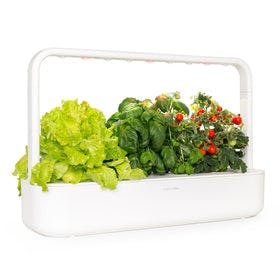
Click & Grow Smart Garden 9
Click & Grow
In Stock
3 Colors
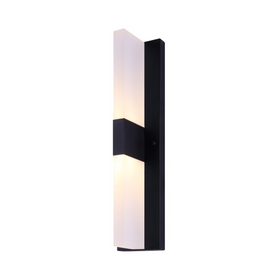
Canarm CORIN LED Black Outdoor Light
Canarm
Out of Stock
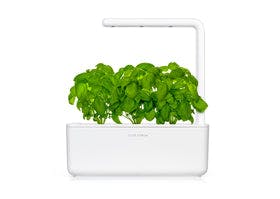
Click & Grow Smart Garden 3
Click & Grow
In Stock
3 Colors
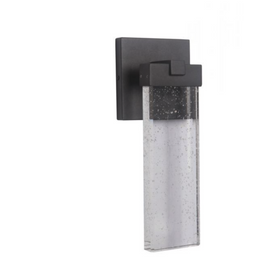
Craftmade Aria Outdoor LED Wall Mount Light
Craftmade
In Stock
2 Colors
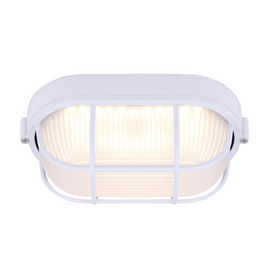
Canarm LOL386WH White LED Outdoor Sconce
Canarm
In Stock
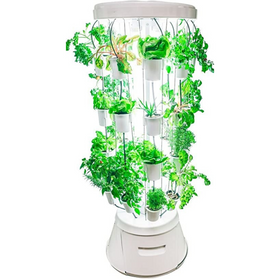
Nutritower Vertical Hydroponic Indoor Garden
Nutritower
Out of Stock
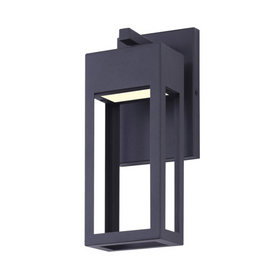
Canarm FAE LED Black Outdoor Light
Canarm
In Stock
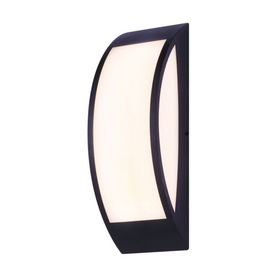
Canarm BARDO LED Black Outdoor Light
Canarm
In Stock
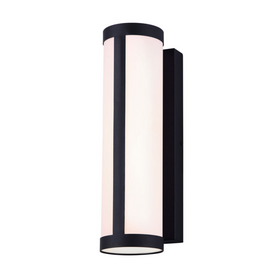
Canarm SINDRI LED Black Outdoor Light
Canarm
In Stock
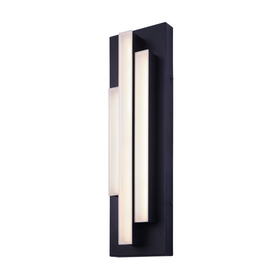
Canarm LOKI LED Black Outdoor Light
Canarm
In Stock

What Plants Grow Best in Full Shade?
Most plants that grow in the shade will be able to survive and thrive in low-light conditions. Ferns are an excellent example of plant species that do well in low-light environments. If you're planning on designing a patio or deck in the shade of your house, consider incorporating different ferns or even a few hostas for diversity.
Some leafy greens can also be scattered and incorporated. Kale and spinach are both leafy edibles that can tolerate a variety of climates. They can range from full sun to partial shade, and while they won't produce as well in full shade, they will add a small crop to this otherwise overlooked space.
You can incorporate several plants into the backyard that can take advantage of the sun (or lack thereof). And with proper placement, we can cool our property and even produce a crop where there previously wasn't one. So be creative in your gardens next year. The sky's the limit!
Tanner Sagouspe
Tanner Sagouspe has a Masters in Environmental Management and is a Permaculture Designer who promotes tackling the climate crisis at home.
